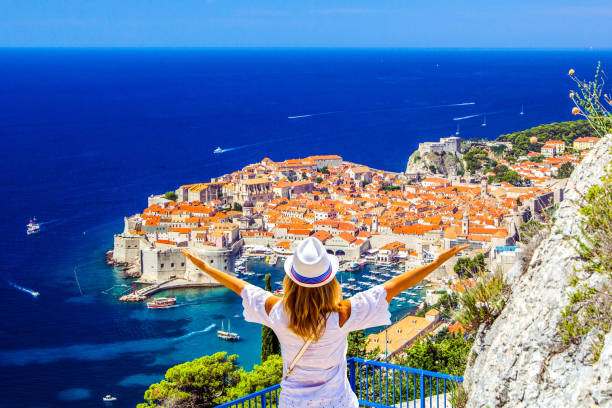Geography, Culture, and Travel Guide
Geography and Climate
Croatia spans an area of 56,594 km² and boasts diverse landscapes:
• Fertile plains in the north
• Low mountains and highlands along the Adriatic coast
• Rugged, hilly, and rocky terrain along the Dalmatian coast and its many islands
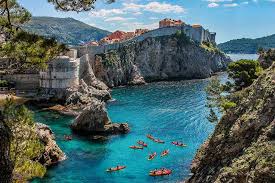
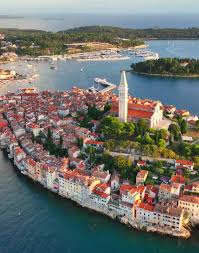
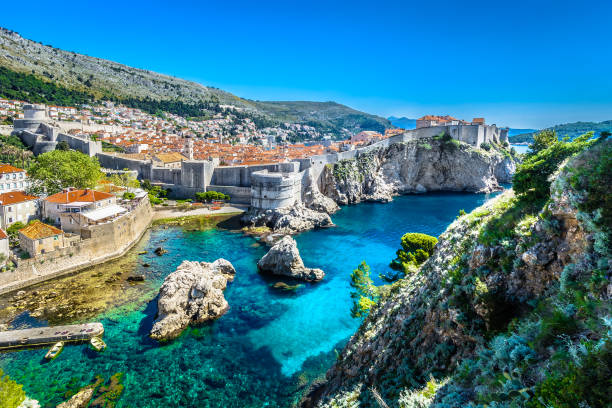
The Dinaric Alps, including the Velebit and Velika Kapela ranges, traverse the country. Croatia’s highest peak reaches 1,831 meters, marked by a yellow triangle on maps. The Mediterranean climate along the coast contrasts with continental weather inland.
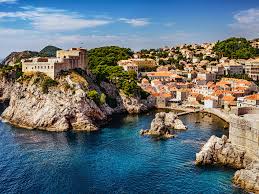
Cities and Administrative Divisions
Capital & Largest City: Zagreb, located on the Sava River, with a population of approximately 684,000
Croatia is divided into 20 counties plus the City of Zagreb, which has special county status
Other major cities: Split, Dubrovnik, Zadar
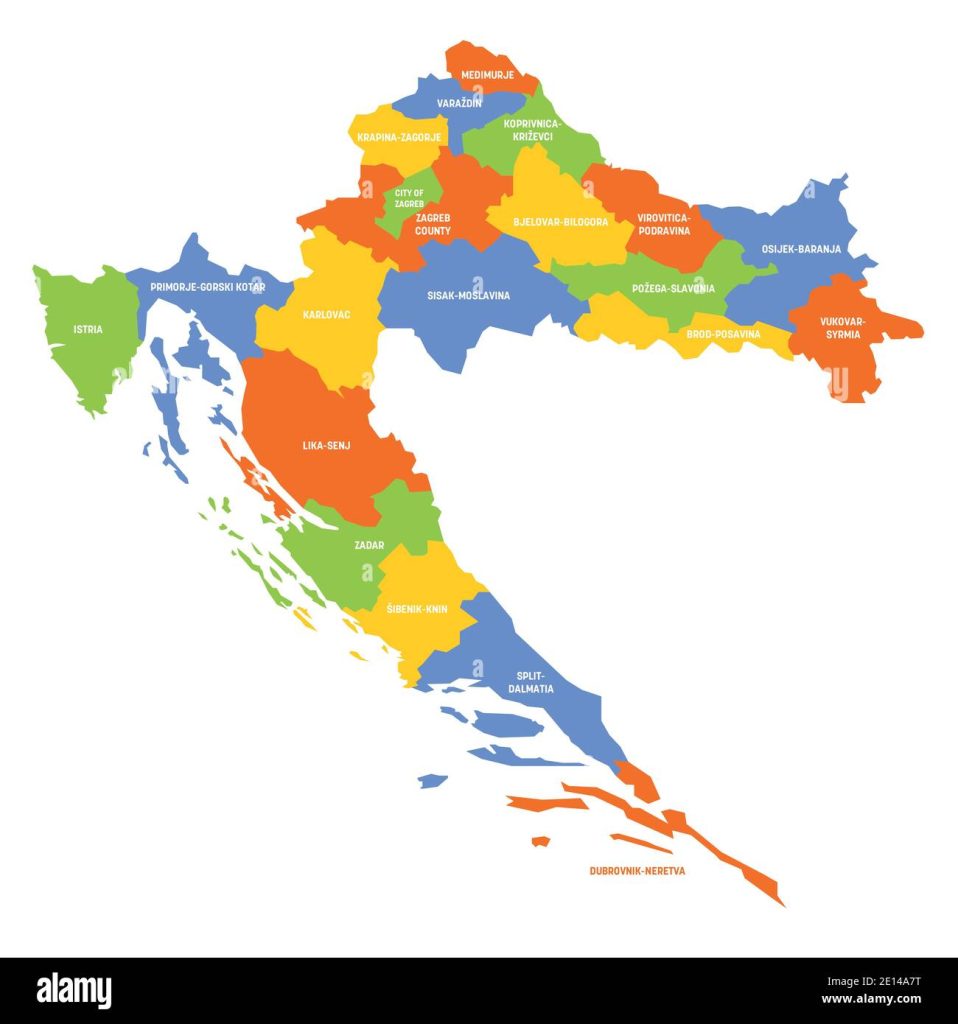
Economy and Currency
• Currency: Euro (€), adopted January 1, 2023 (previously Croatian Kuna)
• GDP: $60.42 billion
• GDP per capita: $14,853
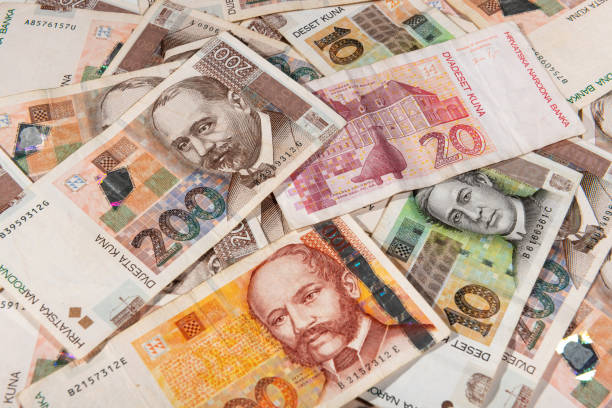
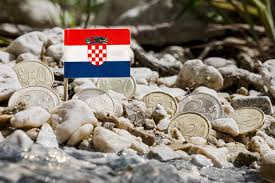
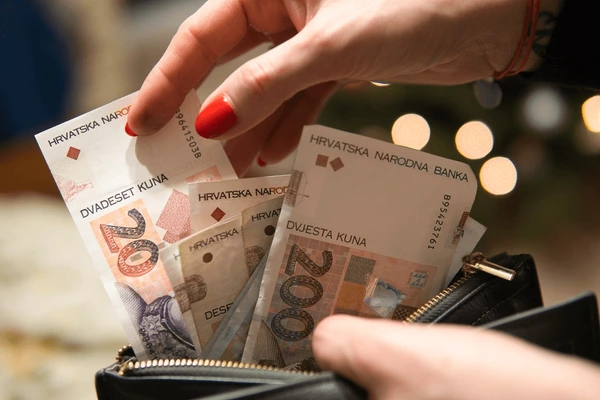
Travel and Tourism
• Best Time to Visit: Spring through early autumn; ideally spend two weeks to explore fully
• Top Destinations:
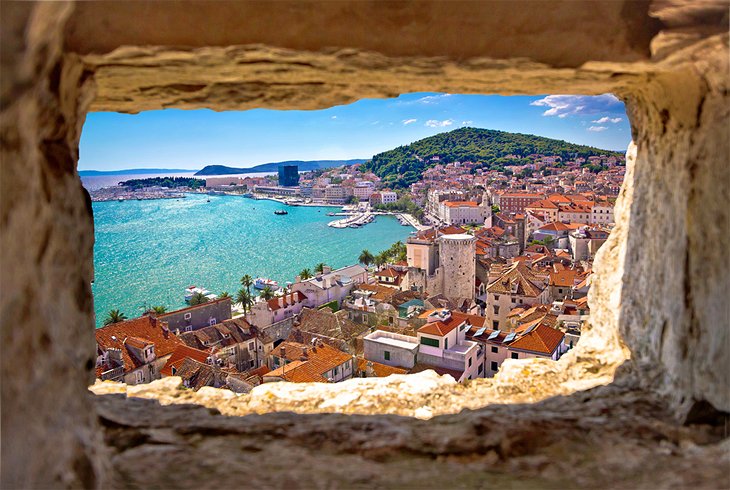
National Parks:
Plitvice Lakes National Park, famous for cascading waterfalls and crystal-clear lakes
Krka National Park, known for stunning waterfalls and scenic walking trails
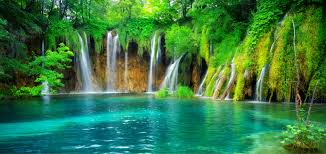
Cities:
Dubrovnik, with its iconic medieval city walls and red-tiled roofs
Split, home to the ancient Diocletian’s Palace
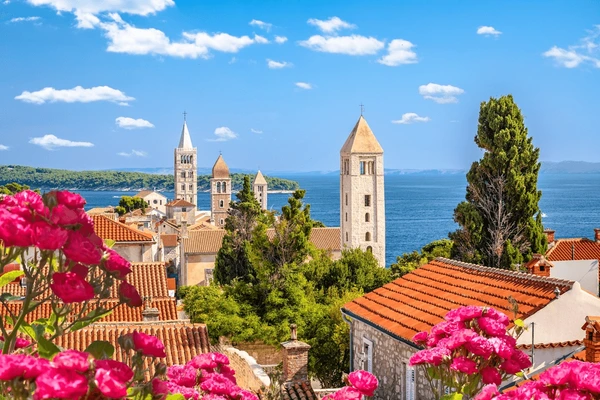
Islands:
Hvar, renowned for lavender fields and charming architecture
Brač, Korčula, and Vis also popular for natural beauty and historic towns
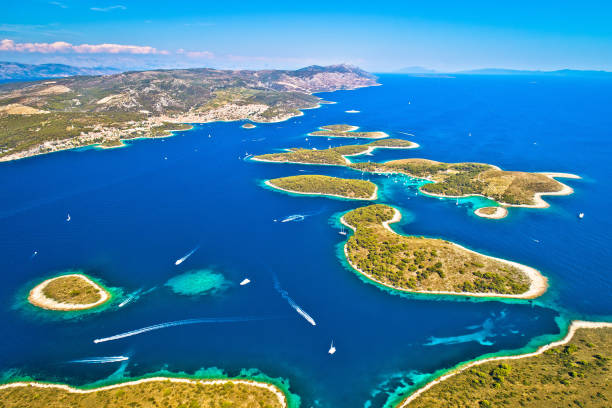
Transportation:
Flights connect major cities like Zagreb and Split
Ferries link islands and coastal towns
Buses offer extensive routes but can be lengthy
Limited train routes, with the scenic Zagreb-Split line among the highlights
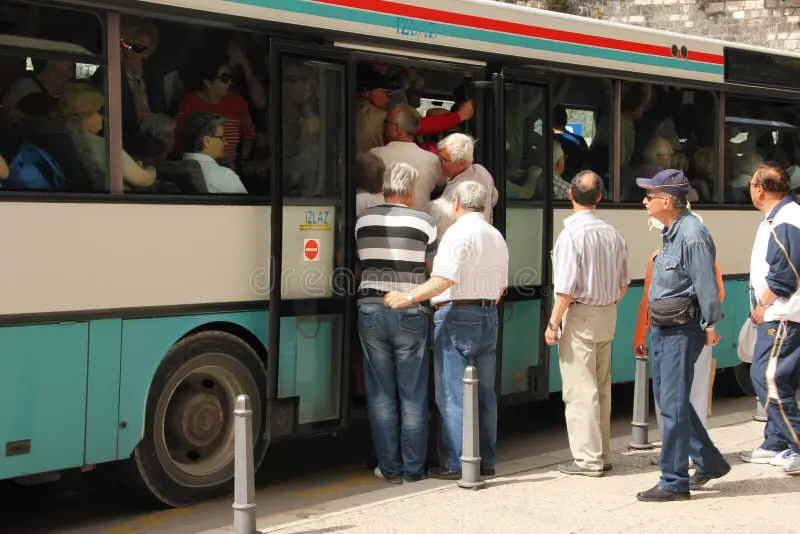
Culture and Safety
Official language: Croatian; English widely spoken in tourist areas
Tipping: Approximately 10% in restaurants; rounding up is common in bars and cafes
Safety: Generally very safe with low crime rates; remain cautious about pickpockets in crowded areas
LGBTIQ+ travelers should exercise some caution due to conservative social attitudes

Additional Travel Tips
• Wi-Fi is widely available; Croatia participates in EU roaming agreements
• Tap water is safe to drink
• Dress respectfully when visiting religious sites
• Public drunkenness laws apply in certain areas—be mindful of local regulations
• Croatia is in a seismic zone; follow official earthquake guidance if necessary
• Landmines from past conflicts still exist in some rural regions—avoid marked areas with caution signs
Here’s a polished, consistent travel profile draft for France, Portugal, and Poland based on your content, styled similarly to your Croatia section. France: A Land of Romance, Art, and Cuisine
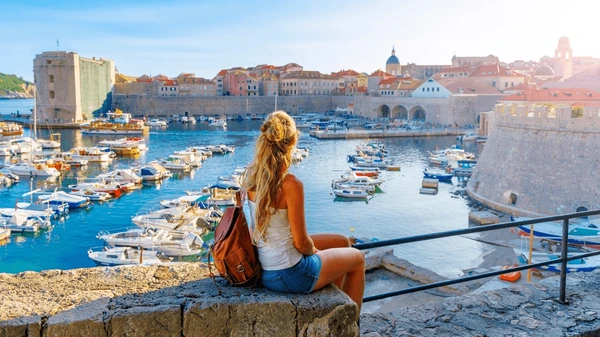
Geography
• France offers diverse landscapes, from the towering French Alps and Pyrenees mountains to the scenic coastlines along the Mediterranean Sea, Atlantic Ocean, and English Channel. The Massif Central adds volcanic highlands and plateaus.
• These varied terrains provide fantastic opportunities for skiing, hiking, and beach tourism.
Culture
• France is world-renowned for its rich art heritage, home to masters like Monet, Renoir, and Picasso.
• Its sophisticated cuisine includes iconic dishes such as escargots, coq au vin, and flaky croissants.
• Paris stands as the global fashion capital, a hub for haute couture and style innovation.
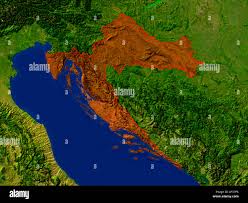
Economy
• France has a diverse and robust economy with a skilled workforce and high living standards.
• Tourism is a key pillar, drawing millions to its historic landmarks, art, and natural beauty.
• Major industries include aerospace, automotive, luxury goods, and agriculture.
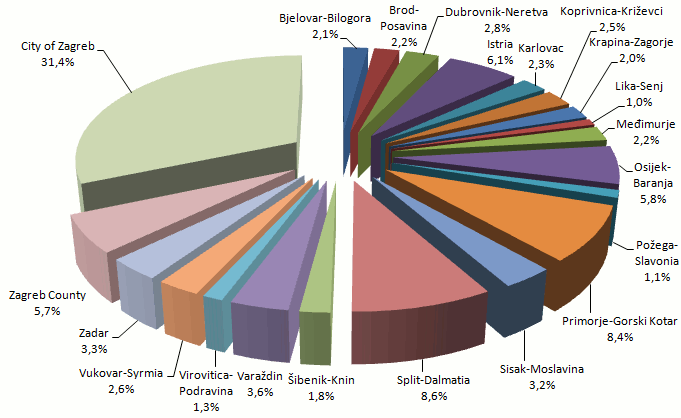
Top Places to Visit
• Paris: Eiffel Tower, Louvre Museum, Notre-Dame Cathedral
• Versailles: The Palace and Gardens, UNESCO World Heritage Site
• French Riviera: Beaches and glamor in Nice, Cannes, and Saint-Tropez
• Loire Valley: Stunning châteaux like Chambord and Chenonceau
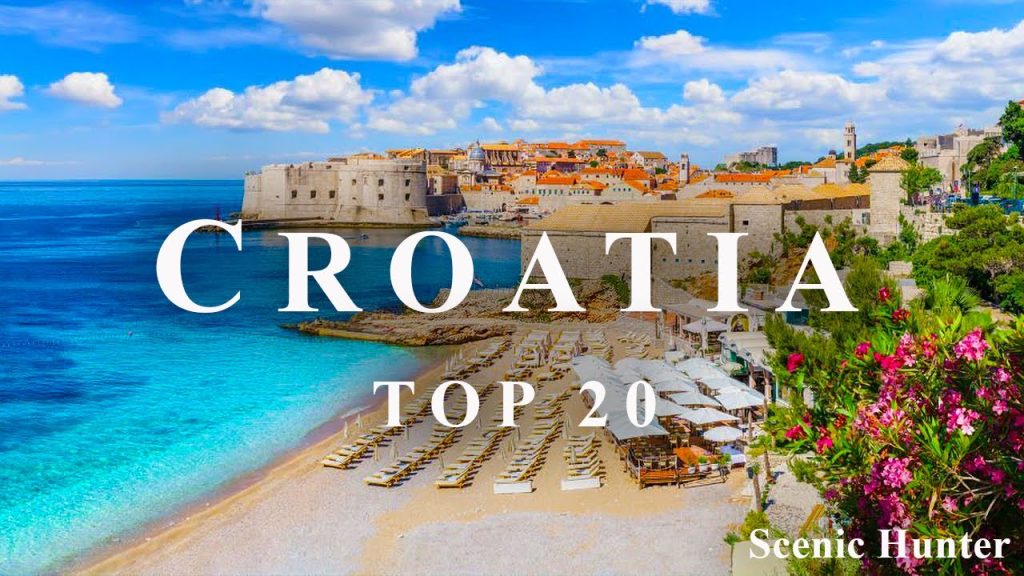
Visitor Tips
• Basic French phrases are appreciated, though English is commonly spoken in tourist areas.
• Check for local cultural events and festivals to enrich your visit.
• Don’t miss sampling regional wines and classic French dishes.
